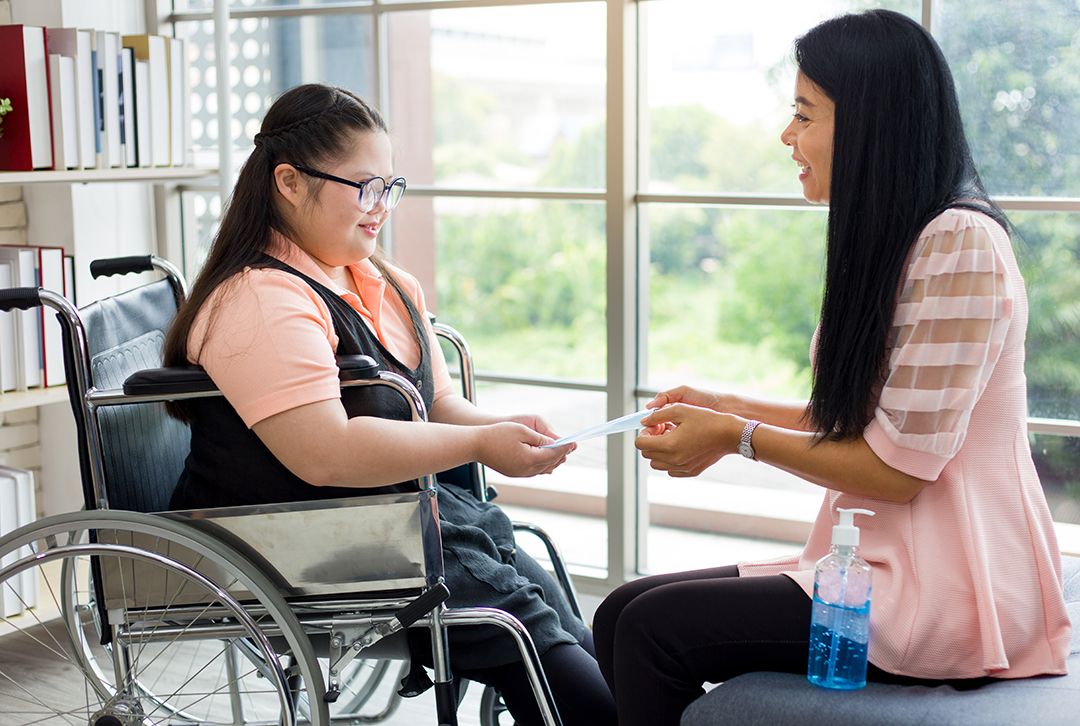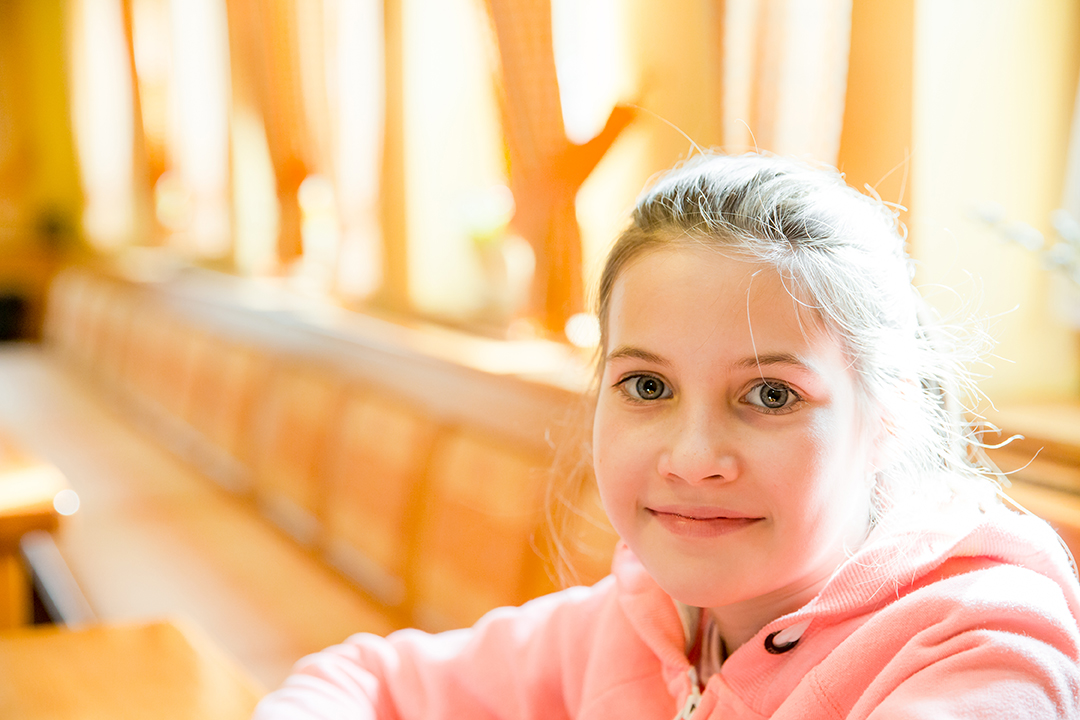This practice-based paper is a good read if you’re interested in how your CAMHS service might experiment with bringing nature into the existing interventions you offer.
There is evidence that our surroundings matter, both psychologically and physically. Where we spend our time has an impact on how we feel. Much of what we have learnt about this comes from research in hospital settings. Studies into buildings that make us recover better from physical illness go back to the 1980s, and research has gathered momentum in more recent years, being joined by research on mental health settings too.
Roger Ulrich, Professor of Architecture at Chalmers University of Technology in Sweden, was one of the first to research how hospital buildings can affect patients. In 1984, Ulrich took advantage of a hospital ward with a long corridor to conduct an experiment. In the corridor, half the patients had a view of a brick wall and half had a view of trees. The patients with the view outside got better more rapidly and reported less pain than those facing the wall, asking for fewer painkillers and reporting fewer minor complications like headaches or sickness (Ullrich, 1984). Other studies have shown similar results. In one experiment, bedridden heart-surgery patients were given colour pictures to look at after their operations. Patients looking at an open, well-lit and natural image of trees and water needed fewer painkillers than patients who had no picture or an abstract image (Ulrich, 2002). Another study found that healthy volunteers in a hospital who had a gradually inflated tourniquet applied, had a higher pain threshold and better pain tolerance when they were watching a video of natural scenery than when they were watching a blank static screen (Tse et al, 2002). A more recent review of the literature found positive impacts of nature exposure on both physical and mental health, including in children and young people (Jimenez et al, 2021).
In mental healthcare environments the surroundings are also important. In the child and adolescent mental health wards which I’ve worked in, the environment has often been carefully thought about with young people in mind, at least as much as is possible alongside safety constraints. Animal themes for young children’s wards, games rooms and multi-coloured bean bags for wards for adolescents, or in some cases, work from local artists or from the brilliant charity Hospital Rooms to bring professional art-making into the ward. Taking young people out of the ward and into natural environments is going a step further, and this research paper explores the perspectives of staff involved in one such initiative. The paper is written by staff at a ward in the Southwest of England, alongside a practitioner and trainer who has been involved in developing one specific type of nature intervention.

This research study
In this study a focus group and several semi-structured interviews were conducted with eight staff members from a CAMHS ward who had taken part in a six-day training on how to provide nature-based interventions (delivered by an organisation called NatureWell). Results were coded into themes. Some feedback from young people and family members is also reported.
Staff reported that having the facilitator training enabled them both to plan new interventions for young people based in nature (e.g. a gardening group, ‘wild walks’ outside, and craft activities using natural materials) and to integrate opportunities into existing activities on the ward (e.g. using outdoor space for sessions with young people, bringing natural objects inside or focussing on looking out of the window).
Multiple benefits were identified by staff. These included helping young people to be able to regulate their emotions, enhancement of the therapeutic relationships with staff, and sharing a sustainable range of techniques that could be used easily outside of the ward in the future. Staff also felt a benefit of being outside if they took time to do this in a break. Anecdotal feedback presented from young people and families about the nature based interventions was also positive.
Additionally, staff spoke about several practical barriers to being able to get out in nature. These included lack of time to plan and difficulty in making sure there were adequate staffing levels, although having a group of staff who had all trained together meant there was a core group who were keen to facilitate.

Strengths of the study
This research takes place in an under-researched population and context, and provides qualitative data on both barriers to and advantages of nature based interventions in a CAMHS ward context. This is a relatively low-cost intervention with the potential to be used in a variety of ways and in multiple settings, but especially to enrich CAMHS ward practice. Consideration of the importance of the environment is a growing area of research with good reason.
Limitations of the study
This is a small exploratory piece of research and further research with larger sample populations and control interventions is needed to establish effectiveness. This isn’t a big randomised controlled trial, and nor is it pretending to be, and its value remains as a small piece of qualitive research, but it’s hard to draw conclusions about efficacy without bigger studies. I would have also loved to have more detail on specific contents of the training and the potential interventions.
Practice-Based Evidence
I really appreciate that the authors have taken the time to write up the piece of practice-based evidence. It’s the sort of practical paper which can inspire other ward staff to experiment with similar initiatives. When I worked on a similar ward, we ran a day called Families in the Wild, which I think was influenced by this similar training programme. The day involved young people and their families going off-site with staff to a nearby natural area and taking part in a full day’s programme of workshops, mostly planned by the ward family therapists. We all shared lunch together and tea breaks next to an open fire, and the day felt very levelling, with all young people, families and staff in it together in their different roles. This is an example of a fairly high intensity nature-based intervention, but I like this paper’s emphasis on the smaller things that can also be done, even just trying to have a 1:1 session outside with young people.
Conclusions
The authors of the study draw four main conclusions. They highlight the importance of having a large team involved in trying to shift the culture of a ward to encompass nature-based interventions, and in particular different members of the multi-disciplinary team. They cite benefits for both young people and staff, in particular in relation to burnout for staff. They point out the importance of training and support to enable staff to feel confident and well-supported in experimenting with nature-based elements of care. They also highlight the possibility of incorporating nature-based activities into multiple aspects of existing care as well as trying new activities. If you’re working on a CAMHS ward or curious about integrating nature-based interventions into other CAMHS settings I’d recommend having a read.

References
Primary reference
Hunt, D. F., Morgan, M., Connors, M., & Mellor, C. (2022). Bringing nature into CAMHS inpatient services: reflections for the implementation and integration of training into practice. International Review of Psychiatry, 1-7.
Additional References
Jimenez, M. P., DeVille, N. V., Elliott, E. G., Schiff, J. E., Wilt, G. E., Hart, J. E., & James, P. (2021). Associations between nature exposure and health: A review of the evidence. International Journal of Environmental Research and Public Health, 18(9), 4790.
Tse, M. M., Ng, J. K., Chung, J. W., & Wong, T. K. (2002). The effect of visual stimuli on pain threshold and tolerance. Journal of clinical nursing, 11(4), 462-469.
Ulrich, R. S. (1984). View through a window may influence recovery from surgery. science, 224 (4647), 420-421.
Ulrich, R. S. (2002, April). Health benefits of gardens in hospitals. In Paper for conference, Plants for People International Exhibition Floriade (Vol. 17, No. 5, p. 2010).


